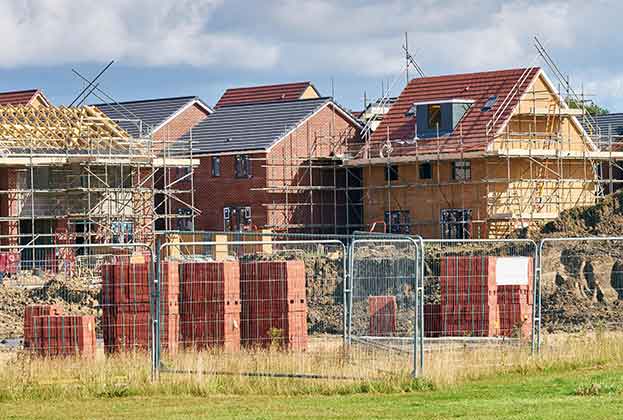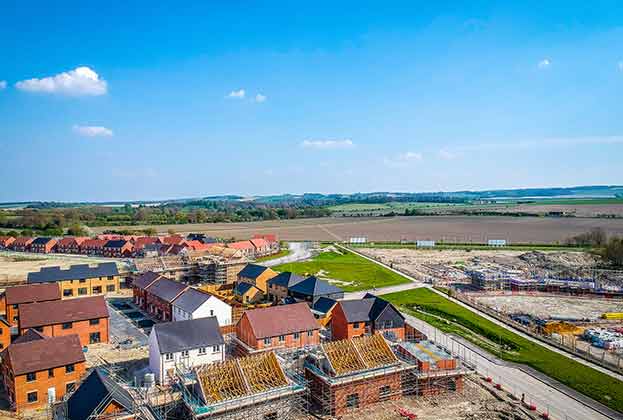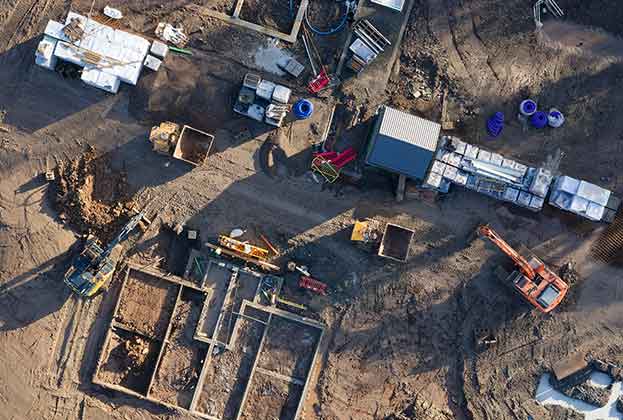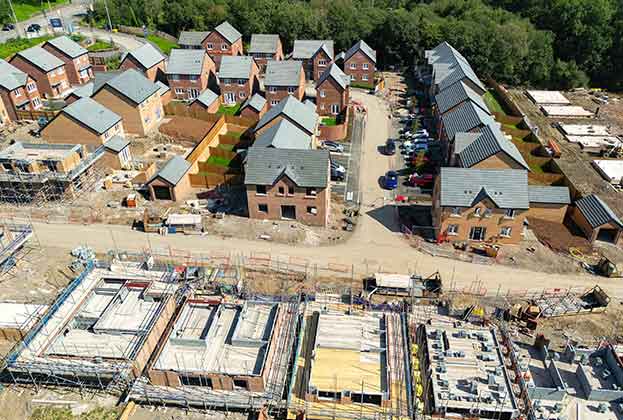How do we create towns and cities that thrive? This undoubtedly complex question has stuck in the minds of built environment professionals for many years. One increasingly recognised response to the challenge lies in stakeholder engagement, which involves calling on local citizens, community groups and organisations to provide their input on a given project or initiative.
Why is stakeholder engagement so important? Simply, stakeholder engagement is a key element of the social sustainability agenda. Including community members enables professionals to harness local knowledge, enhancing their understanding of the socio-cultural characteristics of a place. In doing so, projects are more likely to align with local wants and needs. This subsequently maximises social value, ensuring that a project is relevant for years to come.
Nonetheless, stakeholder engagement is not easy to do well. In large-scale UK development projects, public engagement techniques such as ‘exhibition’ style meetings are commonly used, consisting of a letter drop to invite people, then possibly a presentation or a set of exhibition boards at an event. The project team are often on hand to answer questions and feedback forms are provided. Since the pandemic, there are also virtual consultations conducted with a representation of the exhibition room and scheduled Q&As to answer questions, which potentially makes engagement more open and inclusive.
While they allow citizens to understand more about a project before giving their thoughts, these types of engagement have their drawbacks. The feedback element of the meetings or events give limited time for participants to discuss with each other and generate detailed project proposals. Furthermore, all of these engagement techniques employ what can be termed as ‘citizen self-selection’, whereby only those who actively choose to fill out a questionnaire or come to an event participate. Due to its passive nature, this type of participant selection often excludes marginalised voices who may need to be actively encouraged to get involved. While some projects utilising these techniques successfully incorporated the community’s voice, much more can be done.
To create spaces that work for all, it is vitally important that conversations start before the planning application process in the pre-planning stages. Ultimately development is determined in accordance with planning policy, and Local Authorities and Neighbourhood Plan groups should undertake extensive stakeholder engagement as part of drafting these documents. However, in practice these consultations rarely reach all of a community and many voices are missed.
Commonly, the quality of stakeholder engagement has been assessed on one parameter: the ability of citizens to make detailed proposals. While this is vitally important, we need to broaden the assessment criteria, instead seeing the process as being composed of eight different facets, each of which impacts overall engagement quality:
- Engagement timing: when in the development process engagement occurs
- Citizen selection: how participants are selected
- Design of engagement content: the format and content that the engagement is designed around
- Information provision: how citizens are given the information they need to participate
- Deliberation: the time allocated and type of audience that participants are given to discuss ideas with
- Proposal formation: the ability of citizens to make detailed proposals
- Discourse production: the question of who represents the participants’ ideas and how this materialises
- Proposal implementation: the extent to which participants’ ideas are turned into actions
By understanding stakeholder engagement as being composed of these eight distinct yet interlinked facets, professionals can more easily plan engagement activities that address all facets to a high standard. In doing so, the voices of relevant community members will be more fully captured and the social value of a project or initiative will increase.
Further information
Contact Will Chantry or Alison Broderick
Calculating how development helps to deliver social value
Case study: whg Stakeholder Engagement




.jpg)


.jpg)

.jpg)
